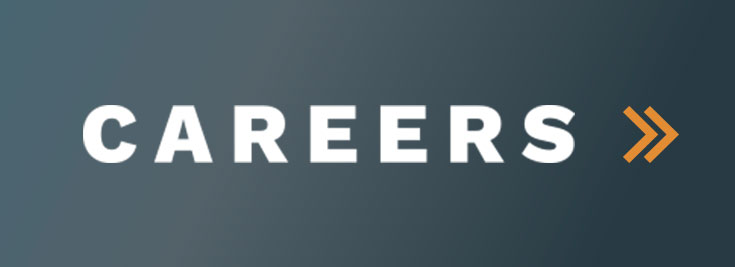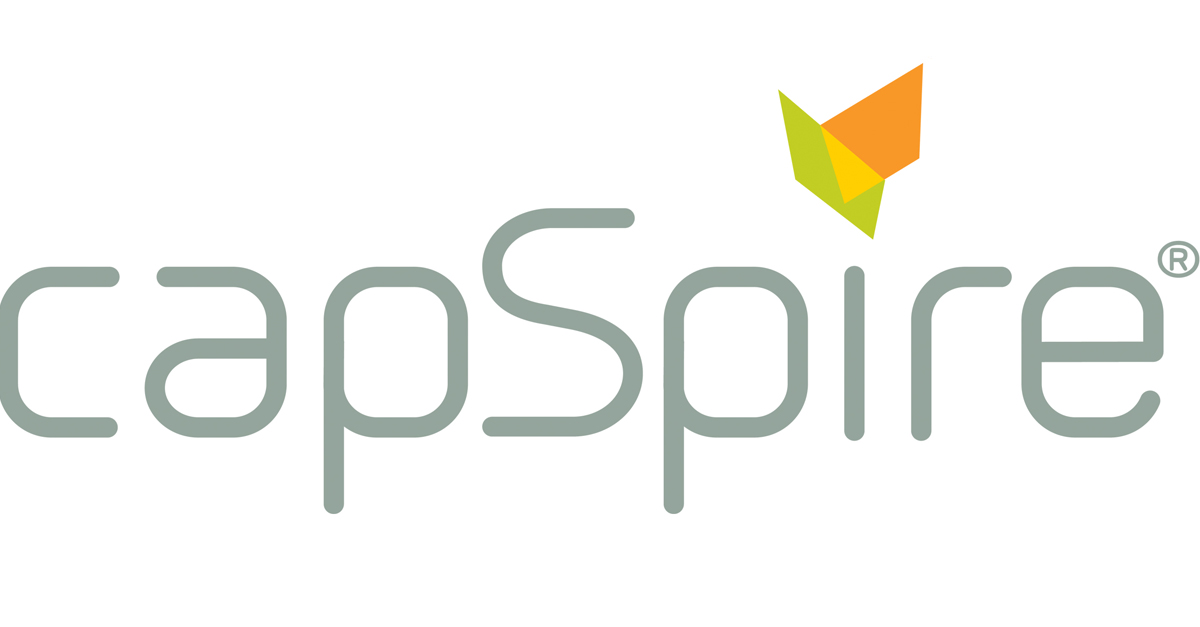At capSpire, successfully navigating through unique and ever-changing Allegro upgrade projects has become a hallmark of our performance-driven results. Whether it’s an upgrade or new implementation, certain themes continually appear in our successes. I would like to share five themes over a two-part blog series that often materialize during our most successful projects.
A good project team is everything
First of all, having the right project team is critical for your upgrade. Yes, finding the correct mix of functional and technical consultants with the requisite level of experience is paramount. And having developers that understand the source code is vital and makes creating extensions that much easier. But in addition to having sufficient resources, it’s also necessary to consider the project team dynamic. Try to find the right balance of experience and youth.
While experience can help your team’s expertise and efficiency shine through, having the fresh perspective of youth on a project team is invaluable – especially in technical roles. There’s value in new schools of thought and in looking at an issue in a different – and perhaps better way. So while experience and source-code knowledge are essential traits to find in prospective consultants, make sure also to interview candidates with an eye to determine if they are team players and the right fit for the role(s) you need filling.
Model your business by defining key scenarios
Another key to success is properly defining and documenting your business scenarios. Your business cases are central to many parts of the project. While they are most commonly used to confirm your system’s configuration and to confirm that the system is functioning as expected, those same cases can be used in other parts of the project. In fact, these scenarios can cross over all business areas involved in managing the complete life cycle of the transaction.
They can be your core use cases for User Acceptance Testing, as well as test criteria for accepting maintenance releases. It’s possible to have a thorough understanding of your business requirements, but if you don’t have well-documented business scenarios mapped to those requirements, how is a project tracking that the business needs are being met through the system? Remember, your business scenarios should be SMART – Specific, Measurable, Actionable, Realistic, and Time-bound.
[Click here to discover how stakeholder involvement, project transparency and upgrade assessments are essential to Allegro implementations in Part 2 of this blog series.]










